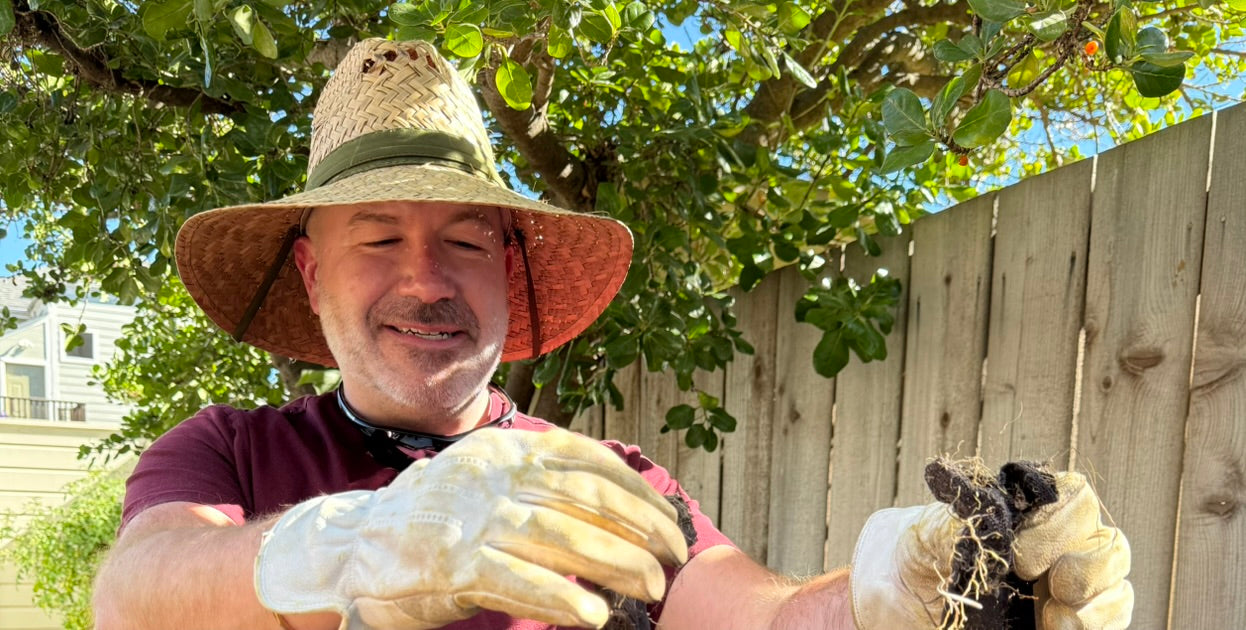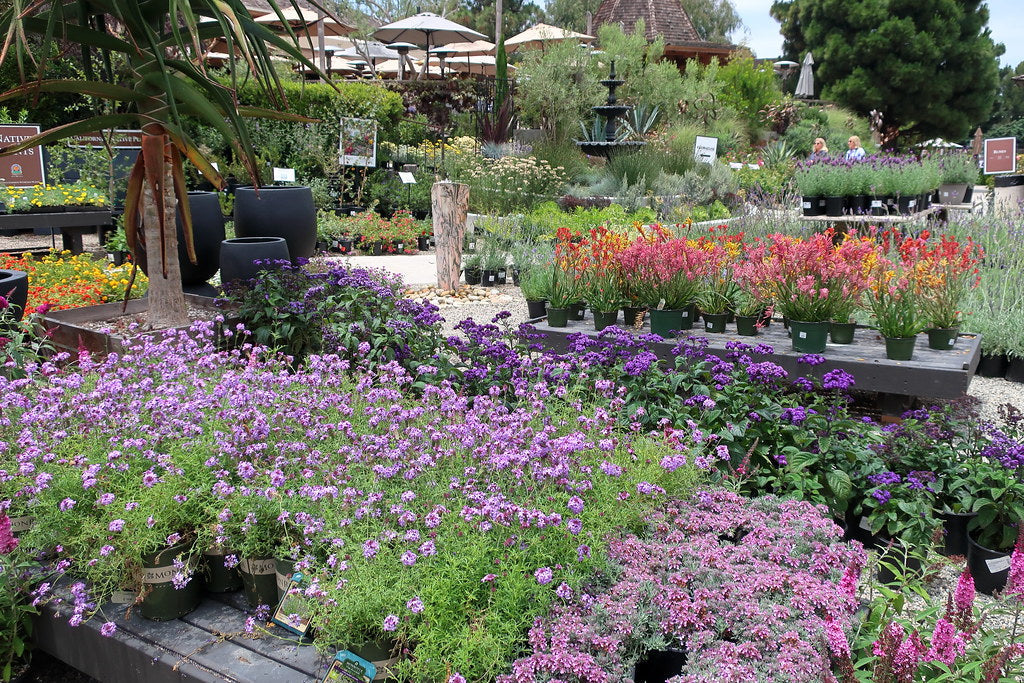
A Beginner's Guide to Happy Plants
So you've decided to dig into gardening! Maybe you're tired of being the person who can kill a cactus (don't worry, we've all been there), or perhaps you've caught the native plant bug and want to create your own slice of California paradise. Either way, you're in for a treat – and we promise it's way easier than you think.
Think of gardening like dating, but with better odds of success. You just need to understand what your plants want, give them what they need, and boom – you'll have a relationship that actually grows stronger over time.
Sunshine Sleuthing: Becoming a Light Detective
First things first – let's talk about light. Plants are basically solar-powered creatures, but just like people, they have different tolerance levels for sun exposure. Some are sun worshippers who want to bask all day long, while others prefer the cool shade like introverts at a pool party.
Here's the fun part: you get to play detective in your own backyard! Grab a notebook (or your phone) and spend a day tracking sunlight in your garden space. Check every couple of hours and note which areas get direct sun, which get dappled light filtering through trees, and which spots stay cool and shady.
Pro tip: Keep in mind that sunlight patterns change throughout the seasons as the sun's angle shifts and deciduous trees leaf out or drop their leaves. Your "full sun" summer spot might become "partial shade" in winter when the sun is lower in the sky.
Understanding Plant Labels
Walk into your local garden center and you'll see one consistent piece of information on every plant tag - sunlight requirements. Above all else, this is your starting point for plant shopping. But what does it mean? How much sun is "Full Sun"? Is "Part-Shade" the same as "Part Sun"? Let's help a brother or sister out:
-

Full-Sun
Shop Full-Sun6+ hours of direct sunlight (think California poppies and buckwheats – the basking lizards of the plant world)
-

Part-Shade
Shop Part-Shade(Or Part-Sun) 3-6 hours of direct sun - the "goldilocks zone" where many California natives thrive.
-

Full-Shade
Shop Full-ShadeLess than 3 hours of direct sun or dappled sun (perfect for ferns and other woodland beauties)
Water Wisdom: Not Too Much, Not Too Little, Just Right
Ah, watering – the art that turns confident adults into anxious plant parents checking soil moisture three times a day. Here's the secret: most plant casualties come from too much love, not too little. Yes, you can literally love your plants to death with water. Think of watering like feeding a toddler – they'll tell you when they're hungry (or thirsty), and ignoring their cues leads to drama.
-

Water-wise plants
Shop Water Wise Plants(like many California natives) prefer the "feast or famine" approach – a good, deep drink followed by a dry period. These are your low-maintenance friends who won't guilt-trip you for forgetting to water them for a week.
-

Growing in Containers
Plants growing in containers will require water more frequently than their sibilings growing in the ground.
Soil Secrets: The Foundation of Plant Happiness
Soil might seem boring (literally), but it's actually the bustling underground city where all the magic happens. Good soil is like a five-star hotel for plant roots – it provides food, water, air, and a comfortable place to spread out.
The good news? You don't need a chemistry degree to understand soil basics. Here's what matters:
-

Drainage is King
Most plants hate wet feet. If water pools on the surface after watering or rain, you've got drainage issues. The fix? Add some compost or other organic matter to help water move through the soil better. Think of it as adding tiny underground highways for water to travel.
-

Feed the Soil, Not Just the Plant
Healthy soil is alive with beneficial microorganisms, earthworms, and other tiny creatures that help plants thrive. Adding compost is like throwing a block party for these helpful soil residents – they'll break down organic matter and make nutrients available to your plants.
-

pH Matters, But Don't Stress
Most plants are pretty adaptable, and California natives especially are used to our naturally alkaline soils. If you're growing natives, you're probably fine as-is. If plants seem unhappy despite good watering and light conditions, a simple soil test can help identify any issues.
-

When in Doubt, Add Compost
This is the gardening equivalent of "have you tried turning it off and on again?" Compost improves drainage in clay soil, helps sandy soil hold moisture and nutrients, and feeds beneficial soil organisms. It's basically a miracle worker in a bag.
Your Green Thumb is Waiting!
-
Here's the best-kept secret in gardening: there's no such thing as a "black thumb." There are just people who haven't learned what their plants need yet. Every experienced gardener has a plant graveyard (we prefer to call it "tuition for garden school"), and every plant that didn't make it taught them something valuable.
-
Start small, observe your plants, and remember that gardening is supposed to be fun. Your plants want to grow – your job is just to give them the right conditions and get out of their way. Before you know it, you'll be the person giving gardening advice to your neighbors and wondering why you ever thought it was complicated.
-
Ready to get your hands dirty? Come visit us and we'll help you pick out some beginner-friendly California natives that are practically guaranteed to make you look like a gardening genius. Because nothing builds confidence like plants that actually want to thrive in your garden! HAPPY PLANTING!















